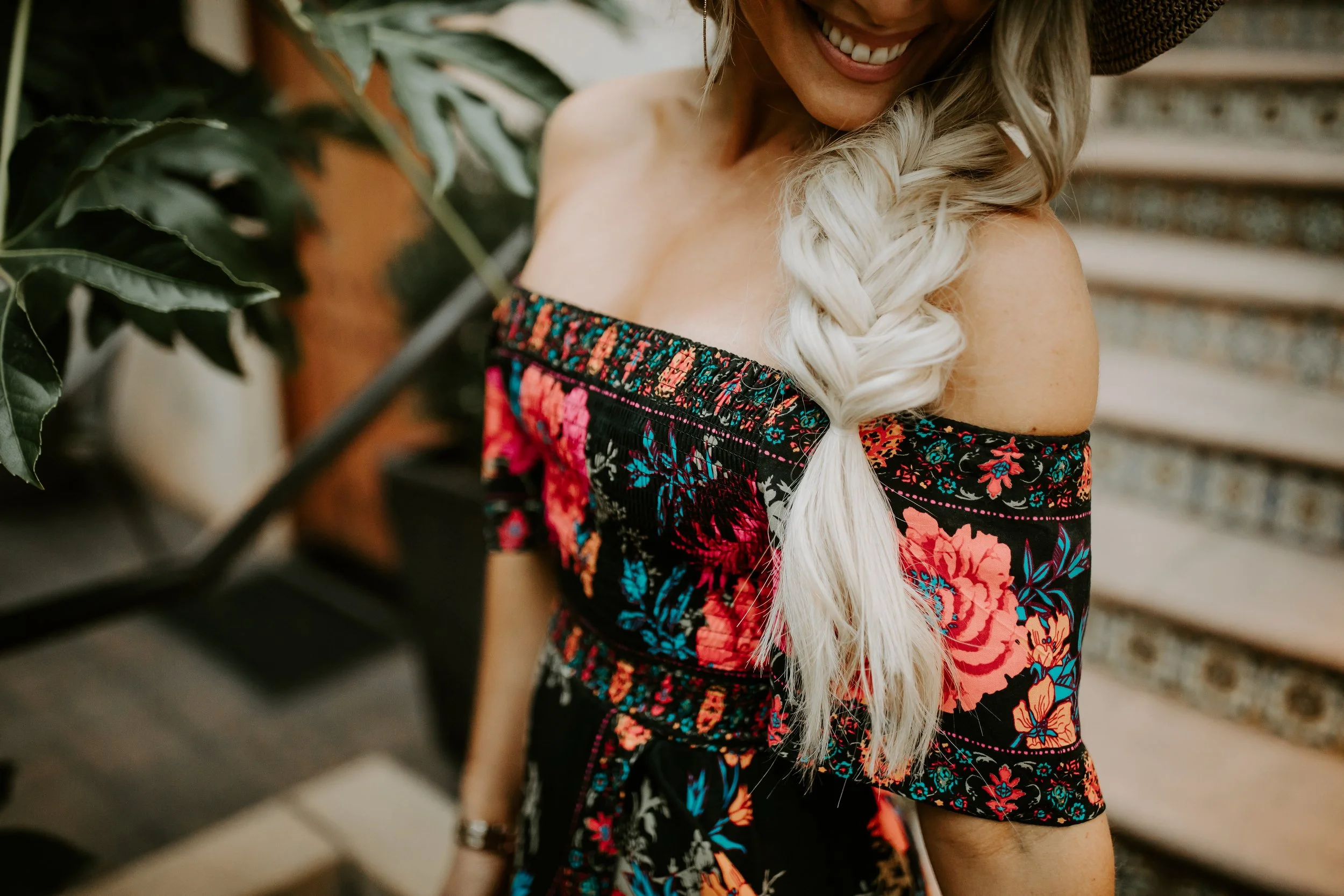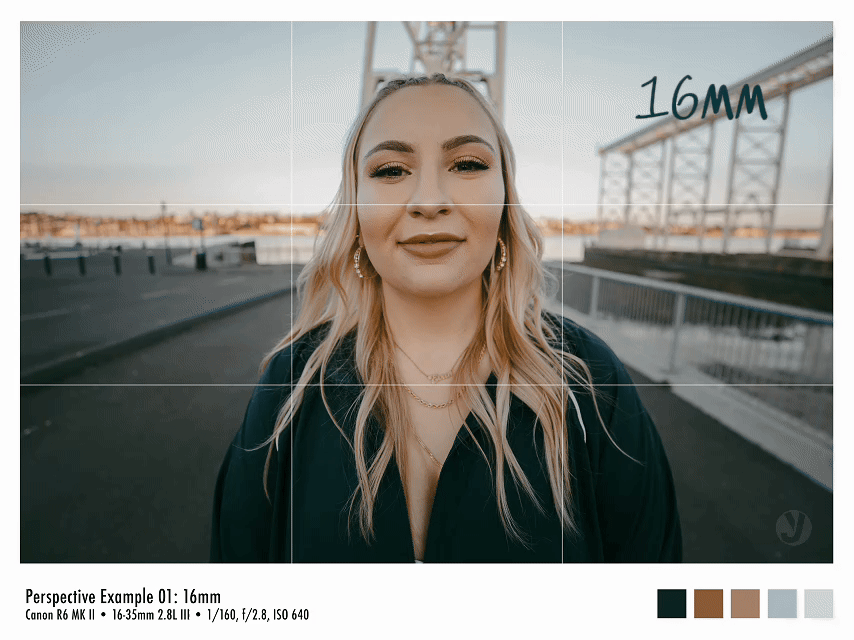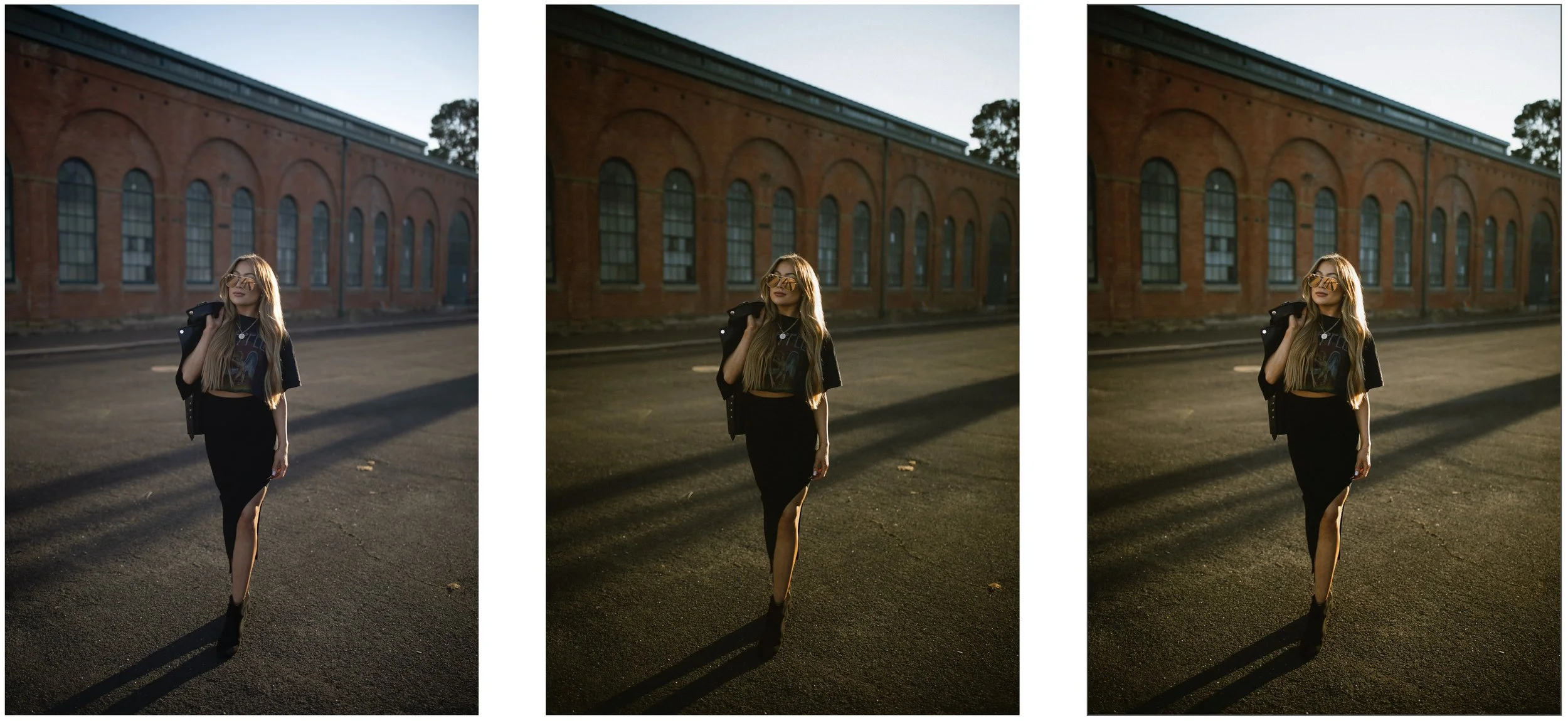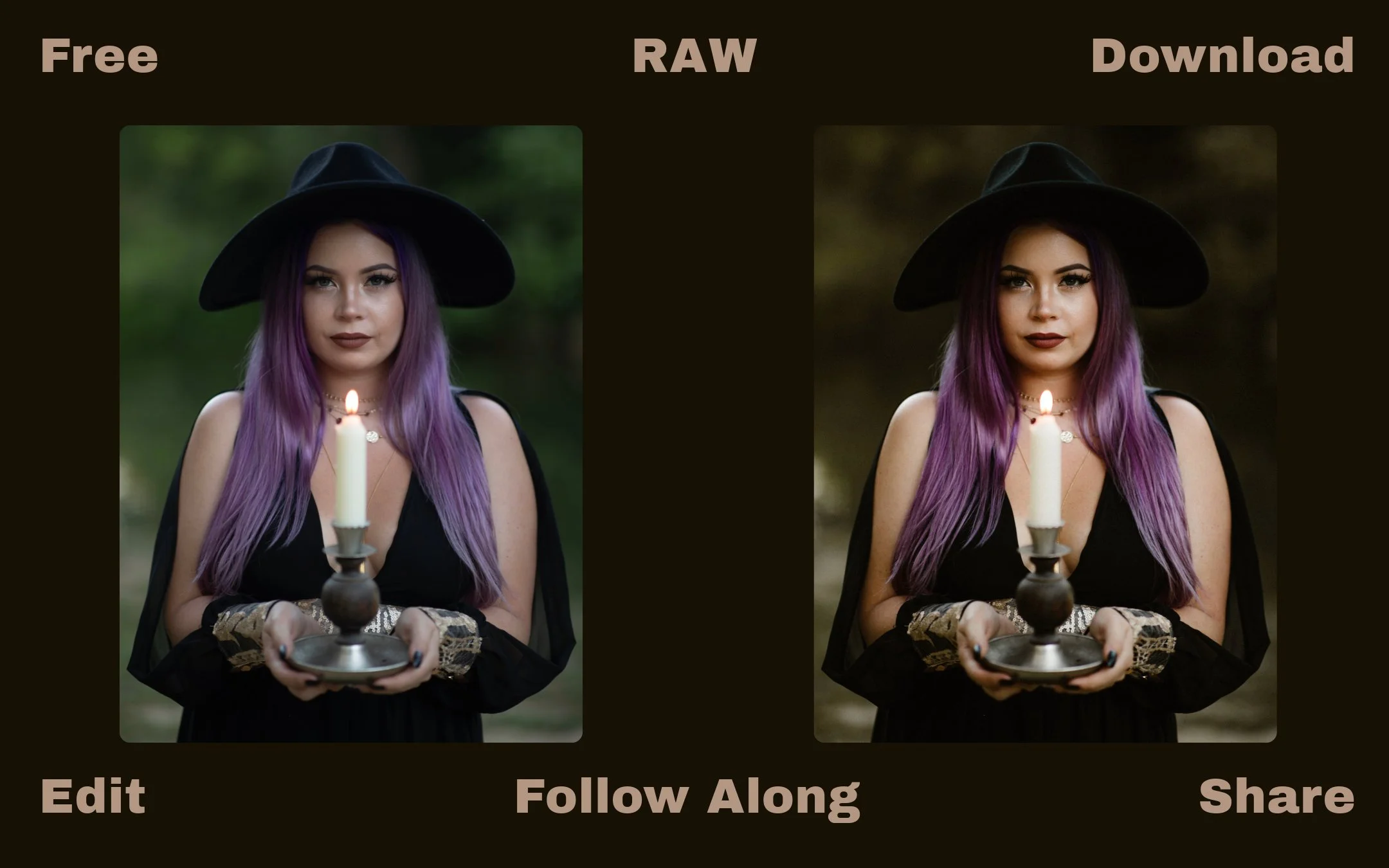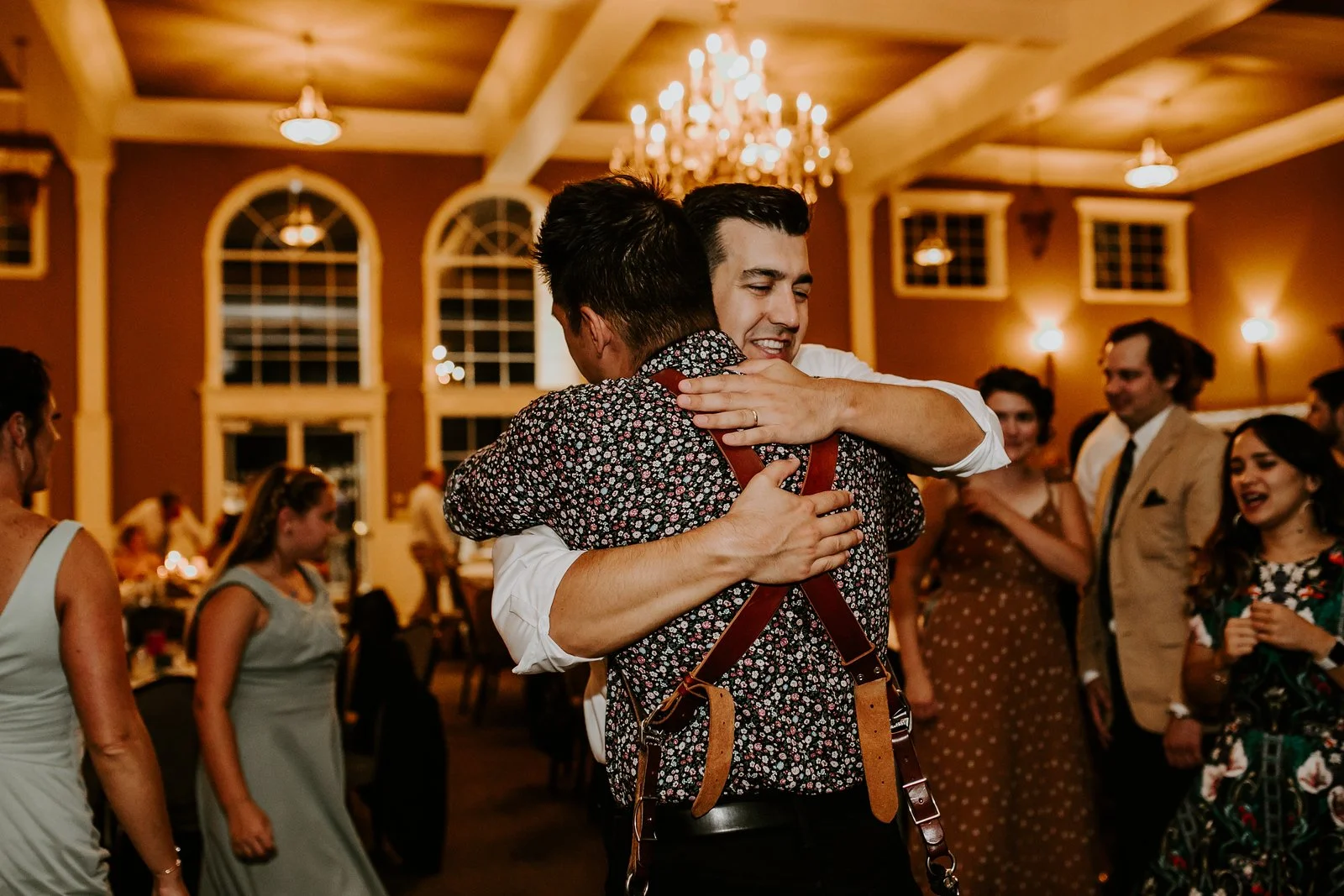This wasn’t just a “branding shoot”—it was a strategy.
Nina Monique Hair Boutique wanted more than pretty pictures. They needed brand images that spoke directly to their dream client: successful women who value luxury, connection, and showing up to life fully styled.
So we built a story.
Not in a studio. Not in front of a backdrop.
But in real spaces—lounging under chandeliers, clinking glasses over charcuterie, walking through wine country with confidence.
If you’ve ever struggled to make branding photos feel less like headshots and more like a story—this one’s for you.
We’ll walk through the composition techniques behind this shoot (thirds, crop choices, depth of field, movement) and why breaking some classic portrait rules can actually help your work stand out in the branding space.
But this isn’t a checklist. It’s a conversation.
Take what inspires you. Leave what doesn’t. Try something new at your next shoot and see what clicks.
Because when your images make someone feel something, you’re delivering more than photos.
You’re shaping the way their brand is perceived and remembered.
This wasn’t about “posing.” It was about capturing what the Nina Monique lifestyle feels like.
And when the models, stylists, and even RH Yountville shared the images… that feeling spread.
All photos edited in Lightroom Classic using JY Pop Signature Dark and Moody Presets.
1. Composition: Start with structure. Then let go of it.
You don’t need perfect framing—you need honest connection.
Composition is how you guide the viewer’s eye, but in branding, sometimes it’s less about technical rules and more about emotional focus.
Here’s how we approached it:
Thirds give rhythm.
A few frames lean on the rule of thirds—eyes and hands placed on those invisible grid lines—to create balance and flow.
Centered when it matters.
When something feels iconic (like a confident stance or a moment of laughter), centering gives it strength... It says: “look here.”
Cropping for intimacy.
Don’t be afraid to crop “too tight.” Cutting into a shoulder, elbow, or crown of the head can create intimacy—like the viewer is in the moment, not just observing it.
Tension over perfection.
Let your composition serve the energy. Some of the best frames are slightly off-center, asymmetrical, or feel like they’re breaking a rule. That’s not a mistake—it’s style.
Try This
At your next shoot, frame one shot “correctly.” Then reframe it by breaking a rule on purpose—tilt, crop tight, or even shift focus. Then compare the two.
Ask: Which one makes me feel something different?
There’s no single “right” way to frame a brand.
You’re designing a feeling with brand photos. Experiment and keep the photos that create feelings.
2. Focus Depth: Use Blur to Draw Them In
Sharpness isn’t always the goal—attention is.
A shallow depth of field (like f/1.4–f/2.8) helps guide the viewer’s eye exactly where you want it.
In this shoot, that meant putting the focus on faces, hands, and hair—while the rest melted away.
What to notice:
Depth creates mood.
Soft backgrounds feel elevated and intentional. It signals: this is a brand, not a selfie.
Intentional blur adds softness.
Not every part of the frame needs to be tack-sharp. Let details fall away so your subject can breathe.
Shallow ≠ lazy.
We used selective focus on purpose—to create layers, amplifying the aesthetic. Think: focus on the laughter, let the wine glasses blur.
Try This
Instead of defaulting to shooting “wide open,” ask: What do I want them to notice first?
Then dial your aperture around that answer—not just the light.
The blur is part of the brand. Use it to tell the story.
3. Capturing Movement: Make It Feel Alive
Stillness is safe. Movement is magnetic.
Some of the best frames in this set happened mid-step, mid-toast, mid-laugh—because branding isn’t about posing. It’s about inviting the viewer into a moment.
Here’s what worked:
Walking adds story.
Forward motion = forward energy. It’s aspirational without being forced.
Laughter connects.
Posed smiles can feel stiff. Real giggles, even if the composition’s messy? Way more human.
Hands in action.
Fixing hair, raising a glass, reaching out—micro-movements add depth and rhythm.
Try This
Give a little direction—
“walk toward me while you’re looking at each other”
“cheers to the best photo shoot ever!”
“Adjust her braid”
Then shoot through the moment.
Don’t wait for perfection. Catch the in-between. That’s where connection lives.
All photos edited in Lightroom Classic using JY Pop Signature Dark and Moody Presets.
4. Rule-Breaking: Imperfect Can Be Iconic
A cropped elbow. A tilted frame. A shadow across the face.
In portrait photography, these might be mistakes. In branding?
They’re character.
What we broke (and why):
Crops that cut in.
It pulls the viewer closer—like we’re eavesdropping on a moment, not spectating.
Light that wasn’t “ideal.”
A little shadow? A blown-out highlight? If the feeling is there, the light did its job.
Off-center subjects.
A frame that’s slightly “wrong” can actually be more interesting than one that’s perfectly balanced.
Try This
Give yourself permission to make something weird. Take a shot you’d normally delete.
Then ask: Does it feel honest? Does it feel alive?
People don’t remember technical perfection.
They remember how it made them feel.
5. The Power of the Sequence: One Image Can’t Do It All
This is the biggest mindset shift for new photographers:
You’re not creating a single perfect photo—you’re building a brand story.
A headshot might show who they are. A basic transfer of information.
A sequence shows how they move, what they value, how it feels to be in their world.
In this series:
Some images felt luxurious.
Others felt candid and goofy. That contrast built dimension—just like the salon’s real clients.
One image was about style.
Another was about friendship. Together, they said: this salon isn’t just about looks—it’s about you showing up fully.
The whole > any single part.
Branding is about creating association. The more your gallery feels like a journey, the more memorable it becomes.
Try This
Review your next gallery like a movie, not a portfolio. Ask:
Does this sequence invite the viewer into a world? Or does it just show off my work?
Brand photography isn’t about “best photo wins.”
It’s about building something worth remembering.
Final Takeaway: Brand Images Should Feel Like Something
If there’s one thing to remember, it’s this:
You’re not just taking photos. You’re building emotional shorthand for a brand.
The goal isn’t technical perfection.
It’s connection.
It’s resonance.
It’s capturing those little moments that whisper, this is where you belong.
That’s why some frames will break the rules.
Some will be soft, a little messy, maybe even out of balance.
And still—when the gallery comes together, it works.
Because it tells the story the brand’s audience actually wants to see themselves in.
Keep Experimenting
Let this be permission to try, to explore, and to break some “rules” along the way.
If something doesn’t feel right? Ditch it.
If something lights you up? Follow it.
You’re not just a photographer.
You’re a brand builder.
And when you create from that place—the work becomes unforgettable.
Photos that are felt are not soon forgotten.
Gear Used
Camera:
Lenses:
Settings:
1/200, f/2, ISO 400 (Your settings will vary)
All natural, Non-GMO Light
All photos edited in Lightroom Classic using JY Pop Signature Dark and Moody Presets.























